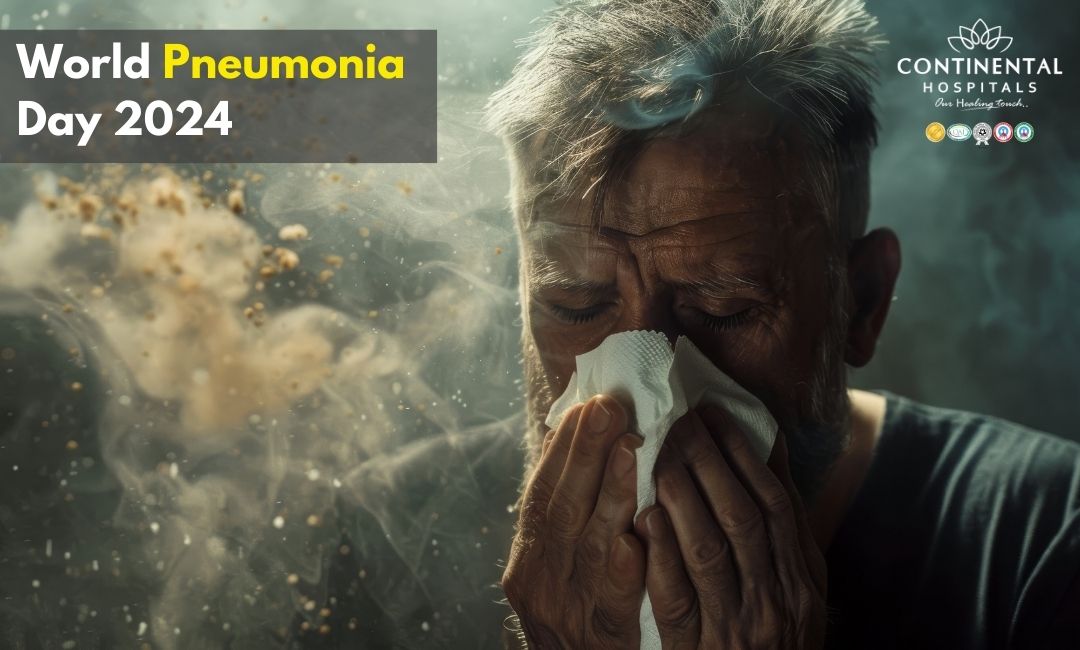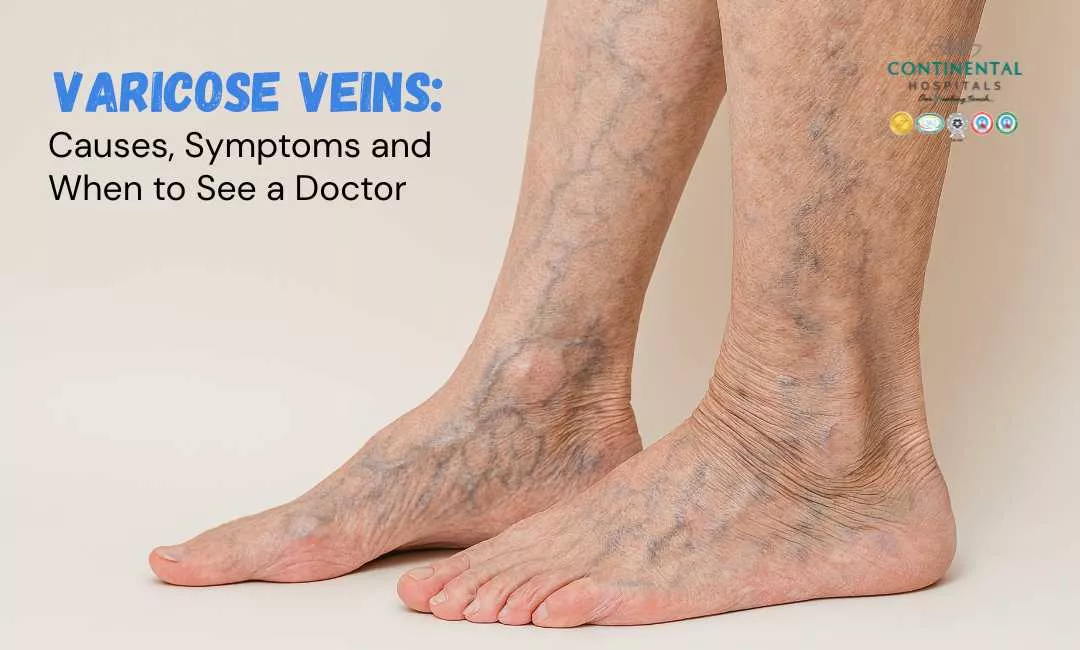Pneumonia, a leading cause of death among children worldwide, is an acute respiratory infection that affects the lungs. It can be caused by various pathogens, including bacteria, viruses, and fungi. While it can affect people of all ages, children are particularly vulnerable due to their developing immune systems.
Importance of World Pneumonia Day
World Pneumonia Day plays a critical role in uniting governments, organizations, and communities to combat pneumonia. It offers a platform for advocacy, awareness, and the mobilization of resources to prevent millions of deaths caused by this preventable and treatable disease. According to the World Health Organization (WHO), pneumonia accounts for approximately 14% of deaths in children under five worldwide, claiming over 700,000 young lives annually.
World Pneumonia Day also highlights the inequities in healthcare access, with low-income countries bearing the brunt of pneumonia-related deaths. The day advocates for better access to vaccines, antibiotics, oxygen therapy, and improvements in nutrition, particularly for vulnerable populations.
Key Statistics and Facts About Pneumonia
- Pneumonia is the leading cause of infectious death in children globally, with 22% of deaths among children under five.
- In 2019, an estimated 2.5 million deaths were attributed to pneumonia, including more than 670,000 children under five.
- The majority of pneumonia deaths occur in low- and middle-income countries, particularly in sub-Saharan Africa and South Asia.
- The Global Burden of Disease study reports that while overall child mortality has decreased, pneumonia remains one of the top killers of young children, despite being preventable and treatable.
- The COVID-19 pandemic further highlighted the dangers of respiratory infections, as pneumonia was a common complication in severe COVID-19 cases.
History of World Pneumonia Day
World Pneumonia Day was first established in 2009 by the Global Coalition Against Child Pneumonia, a network of international, government, non-governmental, and community-based organizations. The coalition aimed to raise awareness about pneumonia's impact on child mortality and advocate for stronger prevention and treatment strategies. Over the years, the scope of WPD expanded to include all age groups, recognizing that pneumonia affects adults and the elderly as well.
🥗 Healthy Plate Challenge
🍽 Add Your Favorite Dish
Pick Your 6 favorite foods, eat, and see the results.Drag & drop foods onto your plate.
Drop Food Here
Each year, WPD has evolved to focus on different themes that reflect the ongoing challenges in fighting pneumonia. The day serves as a reminder of the global commitment to reducing pneumonia deaths, improving healthcare access, and encouraging innovation in vaccines, treatments, and diagnostics.
Impact of Pneumonia on Global Health
Pneumonia’s burden extends beyond mortality. Survivors, especially children, may face long-term health complications, including reduced lung function, developmental delays, and recurring respiratory infections. The disease also places a significant strain on healthcare systems, with millions of hospital admissions annually. In regions with limited healthcare resources, the demand for antibiotics, oxygen therapy, and intensive care often exceeds capacity.
In addition to direct health impacts, pneumonia affects families economically. The costs associated with treatment, lost productivity, and long-term healthcare needs can be crippling, particularly in poverty-stricken communities.
Causes and Risk Factors
Pneumonia can be caused by bacteria, viruses, and fungi. Common pathogens include:
Bacteria: Streptococcus pneumoniae is the most frequent cause of bacterial pneumonia.
Viruses: Respiratory syncytial virus (RSV), influenza, and coronaviruses are common viral causes.
Fungi: Fungal infections such as Pneumocystis jirovecii are more common in individuals with weakened immune systems.
Risk factors for pneumonia:
Age: Children under five and adults over 65 are at higher risk.
Malnutrition: A weakened immune system due to poor nutrition can increase susceptibility to infection.
Chronic Illnesses: Conditions like asthma, heart disease, and diabetes heighten the risk of pneumonia.
Environmental Factors: Air pollution, smoking, and exposure to secondhand smoke are significant contributors.
Immunosuppression: HIV/AIDS and cancer treatments can compromise the immune system, making individuals more vulnerable.
Prevention and Treatment
Prevention strategies include vaccination, adequate nutrition, and addressing environmental risks such as air pollution. Vaccines are crucial in protecting against common pathogens like Streptococcus pneumoniae and Haemophilus influenzae type B (Hib). In addition to childhood immunizations, vaccines like the pneumococcal vaccine and influenza vaccine are essential for older adults and individuals with chronic health conditions.
Treatment for pneumonia typically involves antibiotics for bacterial infections, antiviral medications for viral causes, and supportive care, including oxygen therapy. Prompt diagnosis and appropriate medical intervention can significantly reduce the risk of complications and death.
Role of Vaccination in Preventing Pneumonia
Vaccines play a pivotal role in preventing pneumonia. The pneumococcal conjugate vaccine (PCV) and Haemophilus influenzae type B (Hib) vaccine are among the most effective tools for reducing pneumonia cases among children. The influenza vaccine also helps prevent flu-related pneumonia, particularly among high-risk populations like the elderly and individuals with chronic diseases.
Expanding access to vaccines in low-income countries remains a challenge. Initiatives like Gavi, the Vaccine Alliance work to ensure that vaccines are available in the world's poorest nations. However, more investment and political commitment are needed to improve immunization coverage.
Fight Against Air Pollution: A Key Element in Reducing Pneumonia
Environmental factors, particularly air pollution, contribute significantly to pneumonia cases worldwide. Indoor and outdoor air pollution, including smoke from cooking stoves, secondhand smoke, and industrial pollutants, increases the risk of respiratory infections. According to the WHO, air pollution is responsible for more than 1.6 million deaths from pneumonia annually.
Efforts to reduce air pollution are crucial in the fight against pneumonia. Transitioning to cleaner cooking fuels, improving indoor ventilation, and enforcing stricter air quality standards are vital steps in reducing the burden of respiratory infections.
World Pneumonia Day 2024 is an urgent call for action to prevent a disease that remains a leading cause of death among children and vulnerable populations. Through sustained efforts in vaccination, improved healthcare access, reducing environmental risks, and global partnerships, millions of lives can be saved. As we mark this day, it is crucial to recognize that pneumonia is not just a medical issue—it is a social and economic one, requiring comprehensive strategies to ensure that no one is left behind in the fight for breath.
Related Blog Posts:
Pneumonia in Children: Signs, Treatment, and Prevention
Common Symptoms of Pneumonia: How Can I Prevent It?
.webp)














